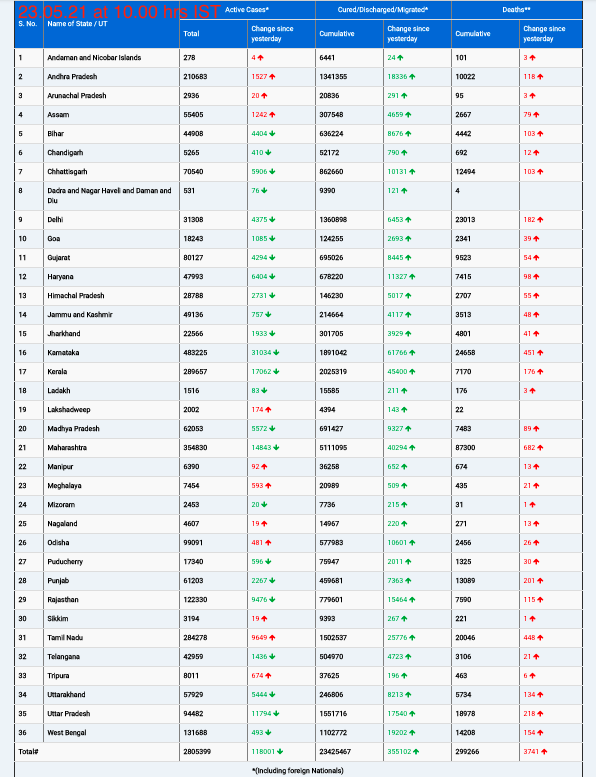HAMILTON, CANADA – In a significant breakthrough, researchers at McMaster University have identified a direct biological pathway linking body fat (adipose tissue) to anxiety, potentially revolutionizing our understanding and treatment of mental health disorders. The findings were published yesterday, April 15, 2025, in the prestigious journal Nature Metabolism.
This novel research comes at a critical time, with global rates of both obesity and anxiety disorders on the rise. It establishes a clear molecular connection between metabolic processes and mental states, moving beyond correlation to identify a causative mechanism.
The McMaster team discovered that psychological stress, the kind that triggers our ‘fight or flight’ response, initiates a process called lipolysis – the breakdown of fat – within adipose tissue. This breakdown releases fats that, in turn, signal immune cells residing within the fat tissue to produce and release a hormone known as GDF15. According to the study, this GDF15 hormone then communicates with the brain, ultimately leading to feelings of anxiety.
“Our findings highlight the complex interplay between metabolism and mental health,” stated Gregory Steinberg, the study’s senior author, a professor of Medicine at McMaster, and co-director of the university’s Centre for Metabolism, Obesity and Diabetes Research. “We hope this will lead to better outcomes for individuals suffering from anxiety.”
The conclusions were drawn from a series of sophisticated experiments conducted primarily on mice. Researchers used behavioural tests to measure anxiety levels and molecular analysis to track the activated pathways, successfully establishing how metabolic changes within fat tissue directly influenced anxiety-like behaviour.
Logan Townsend, the study’s first author and a postdoctoral fellow at McMaster, believes the research opens up promising therapeutic possibilities. “These findings open up exciting possibilities for developing new treatments for anxiety by focusing on metabolic pathways,” he said. “By understanding how stress-induced changes in fat cells can influence anxiety, we can explore innovative therapeutic strategies that target these metabolic processes.”
Townsend specifically pointed to the potential repurposing of existing drugs. “Several companies are developing blockers of GDF15 for treating cancer, so it is possible these will find use for anxiety as well,” he noted, suggesting a potential fast-track for developing new anxiety treatments.
The research was a collaborative effort, with contributions from Marc Jeschke of Hamilton Health Sciences and incorporating pediatric blood samples from a related study led by Professor Katherine Morrison, also a co-director of the Centre for Metabolism, Obesity and Diabetes Research. The work received funding from the Canadian Institutes of Health Research (CIHR) and Diabetes Canada.
This study marks a significant step in understanding the intricate biological links between the body’s metabolic state and mental well-being, offering hope for more targeted and effective anxiety therapies in the future.
Disclaimer: This news article is based on information provided regarding a scientific study published in Nature Metabolism. The primary findings described were observed in animal models (mice). While promising, further research is required to fully understand the implications for human anxiety disorders and the potential effectiveness and safety of related treatments in humans.
Townsend, L. K., et al. (2025). GDF15 links adipose tissue lipolysis with anxiety. Nature Metabolism. doi.org/10.1038/s42255-025-01264-3.












